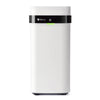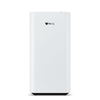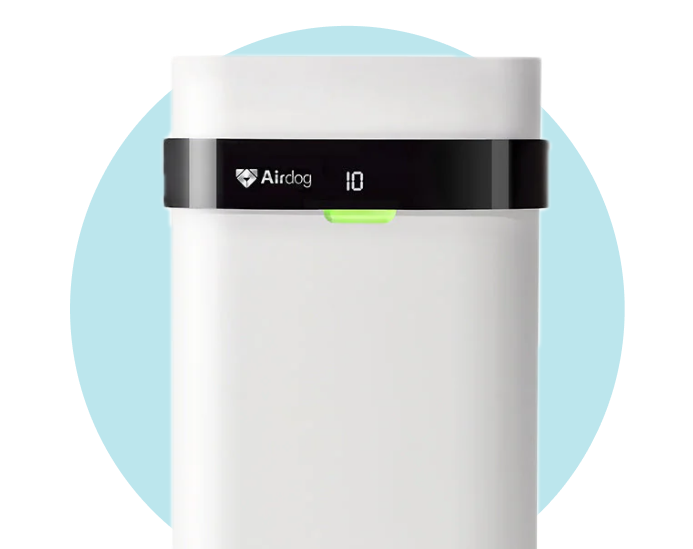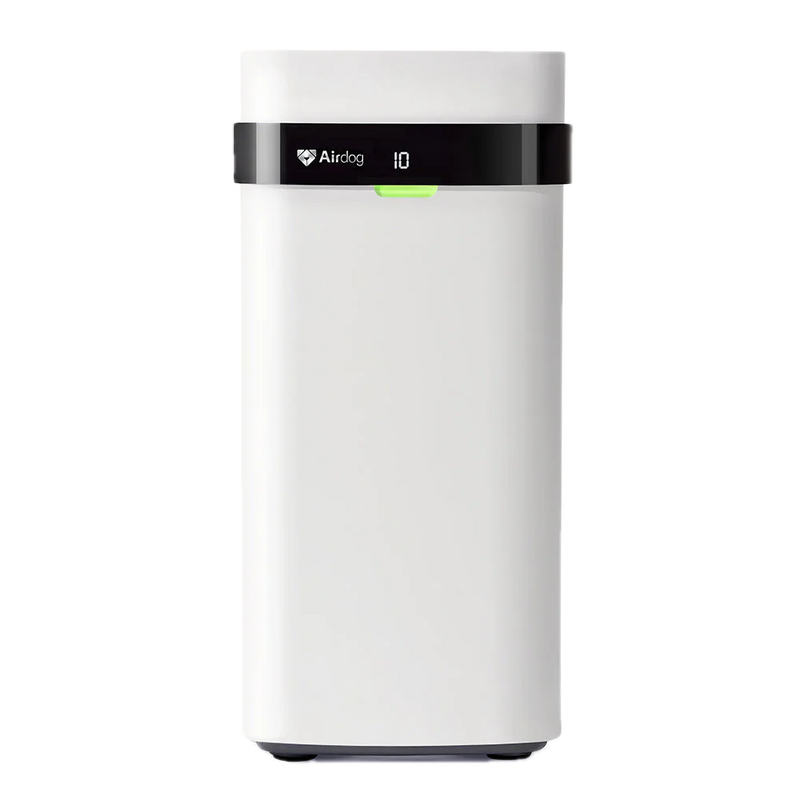How to Get Rid of a Headache from Fire Smoke: Effective Relief and Prevention
Wildfire smoke and other sources of air pollution can lead to a range of health problems, including headaches, difficulty breathing, and eye irritation. Whether you're experiencing symptoms due to wildfires, cigarette smoke, or other sources of polluted air, understanding how to protect yourself and alleviate discomfort is crucial. This guide explains how to reduce smoke exposure, improve indoor air quality, and find relief from headaches caused by smoke.
Understanding the Link Between Smoke and Headaches
Smoke from wildfires, cigarettes, and other sources contains fine particles and toxic chemicals that can irritate the respiratory system and trigger headaches. When exposed to smoke, the body reacts by releasing inflammatory chemicals, reducing oxygen levels in the bloodstream, and increasing blood vessel constriction, all contributing to headaches.
Common Symptoms of Smoke Exposure:
-
Headache or migraine
-
Sore throat
-
Burning eyes and eye irritation
-
Difficulty breathing or shortness of breath
-
Coughing and congestion
-
Fatigue and dizziness
-
Increased sensitivity to light and noise
-
Nausea or vomiting in severe cases
People with asthma, lung disease, or other respiratory conditions are at a higher risk of severe health effects from smoke exposure. Pregnant women, children, and the elderly are also more susceptible to the harmful effects of polluted air.
How to Get Rid of a Headache from Fire Smoke
If you’re suffering from a headache due to smoke exposure, follow these steps to relieve pain and improve air quality:
1. Reduce Smoke Exposure Immediately
-
Stay indoors and close windows and doors to prevent more smoke from entering your home.
-
Monitor air quality alerts in your area using reliable sources like AirNow.gov.
-
Use a high-quality air purifier with HEPA filters or advanced filtration technology like Airdog’s TPA® technology to remove fine particles from indoor air.
-
If you must go outside, wear an N95 or KN95 mask to filter small particles and reduce inhalation of pollutants.
-
Consider using weather stripping or sealing gaps around windows and doors to keep smoke from infiltrating indoor spaces.
2. Improve Indoor Air Quality
-
Use an air purifier to remove particulate matter from indoor spaces. Airdog air purifiers utilize innovative technology that captures particles as small as 0.0146 microns, ensuring cleaner air.
-
Run a box fan with a HEPA filter attached to help circulate and filter air.
-
Keep indoor humidity levels balanced to prevent irritation of mucous membranes.
-
Avoid activities that worsen indoor pollution, such as burning candles, cooking with gas stoves, or using tobacco products.
-
Regularly clean and dust surfaces to remove smoke residue that may settle indoors.
3. Stay Hydrated and Rest
-
Drink plenty of water to flush out toxins and reduce headache severity.
-
Avoid caffeine and alcohol, as they can lead to dehydration and worsen symptoms.
-
Rest in a cool, dark room to help your body recover.
-
Apply a cold compress or ice pack to your forehead or the back of your neck to ease headache pain.
-
Try gentle stretching exercises to relieve tension headaches caused by smoke exposure.
4. Practice Deep Breathing Exercises
-
Inhale deeply through your nose, hold for a few seconds, and exhale slowly through your mouth.
-
Deep breathing helps increase oxygen levels, reducing inflammation and easing headache pain.
-
Consider using essential oils like peppermint or eucalyptus, which may help relieve headaches and open airways.
5. Seek Medical Attention if Symptoms Worsen
-
Consult a doctor immediately if you experience severe headaches, difficulty breathing, or worsening health effects.
-
People with underlying lung disease, asthma, or heart conditions should be especially cautious and seek medical attention if symptoms persist.
-
If you feel dizzy, confused, or experience chest pain, visit the emergency department as these could be signs of a more serious reaction to smoke exposure.
Preventing Headaches from Smoke Exposure
While treating symptoms is essential, taking proactive steps to reduce smoke exposure can prevent future headaches and other health problems.
Monitor Air Quality
Check air quality alerts and forecasts to stay informed about wildfire smoke levels and air pollution in your area. If the air quality is poor, limit outdoor activities and keep windows closed.
Use an Advanced Air Purifier
Traditional HEPA filters capture most particles, but Airdog’s TPA® technology actively destroys pollutants, making it a more effective option for keeping your indoor air clean. Investing in a high-performance air purifier can significantly reduce your exposure to harmful smoke particles.
Create a Clean Air Space in Your Home
-
Set up a dedicated room with an air purifier and minimal outdoor air infiltration.
-
Keep pets and allergens out of this space to maintain optimal air quality.
-
Use weather stripping to seal gaps around doors and windows to keep polluted air from entering.
-
Install heavy-duty air filters in HVAC systems to enhance air circulation and filtration.
Limit Physical Activity on Smoky Days
Engaging in exercise or physical activity outdoors during days with high smoke exposure can lead to deeper inhalation of harmful particles. Instead, opt for indoor workouts in well-ventilated areas. If exercising outside is unavoidable, consider using a mask designed to filter out fine smoke particles.
Be Prepared for Wildfire Season
-
Stock up on N95 masks, air purifiers, and emergency supplies.
-
Have an evacuation plan in case of severe smoke conditions.
-
Follow guidance from public health officials to stay safe during wildfire events.
-
Consider investing in air-sealing home improvements to minimize indoor smoke infiltration.
Breathe Different with Airdog’s Air Purifiers
Airdog’s advanced air purification technology provides superior protection against wildfire smoke, cigarette smoke, and other airborne pollutants. Unlike traditional HEPA filters that merely trap particles, Airdog’s TPA® technology actively destroys bacteria, viruses, and fine particles, making it a more effective and sustainable option for improving indoor air quality.
By investing in an air purifier with cutting-edge technology, you can protect your lungs, reduce headaches, and create a healthier home environment. Explore Airdog’s range of air purifiers today and experience the difference cleaner air makes.





